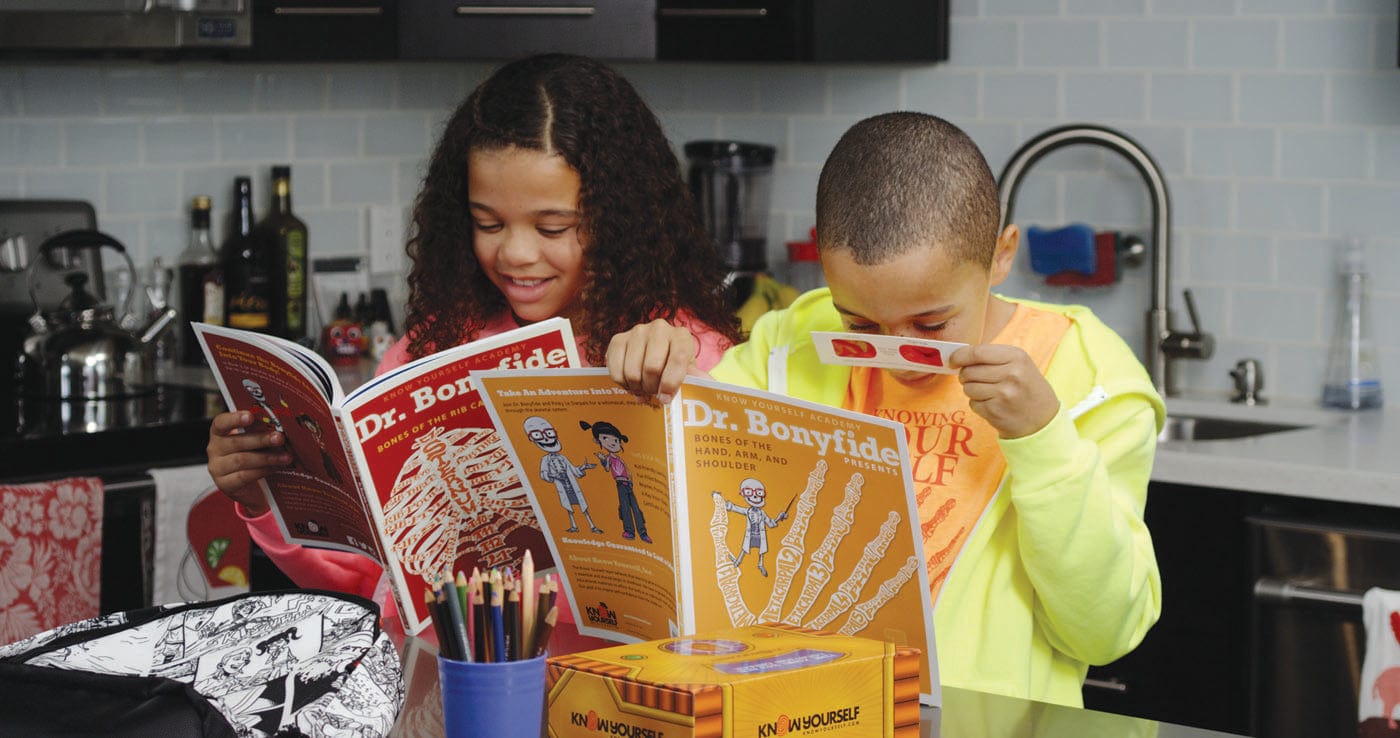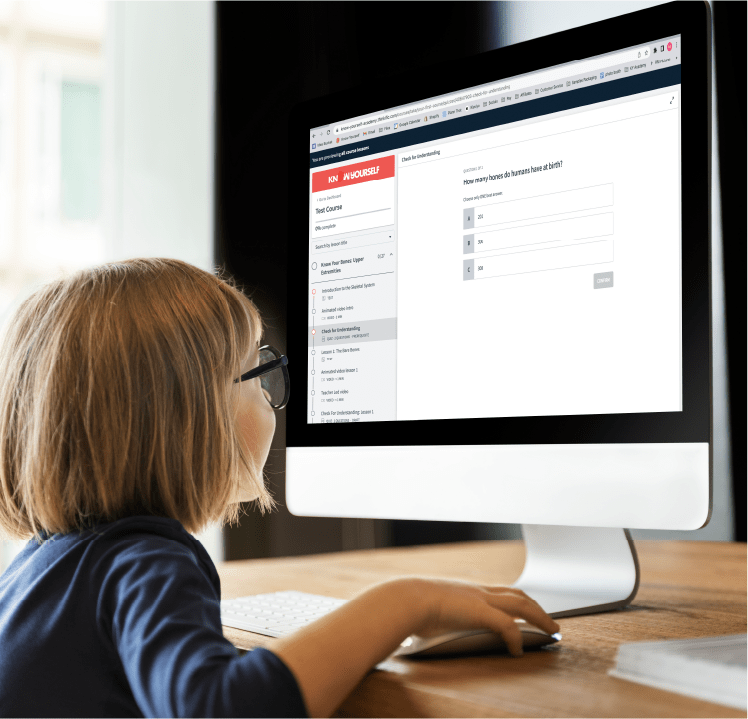
To get started, check out our blog on interoception, or the ability to sense what’s going on inside our body. There we learned that it is sometimes difficult to keep track of each detail within us, and thereby can be tough to give our bodily systems what they want. How can we be more aware of our inner body so as to meet its needs? One way is with an interoception scan!
Materials
- Large piece of white paper (a little larger than the student’s body).
- Multi colored markers
- Tactile household items (anything you can glue to paper -- the sky's the limit)
- Glue
Directions
Sensation Labeling
- Start by lying down on the paper and have a parent or friend trace an outline of you. Then, draw and label the various parts of your body, such as your eyes, nose, head, mouth, hands, stomach, feet, chest, etc.
- Next do one of these three activities
-
-
- Play a sport or dance
- Eat a good meal
- Get a full night’s sleep
-
Each of these activities will cause some sort of change in your body (there are plenty more -- feel free to play around). After doing the activity, come back to your outline and label the parts where you’re feeling sensations.
Examples:
If you just ate, do you feel the rumbles of food digesting? If so, label your stomach and write “rumbles.”
If you exercised, do you feel your heart beating? If so, label your heart and write “beating.”
If you just woke up, do your eyelids feel heavy? If so, label your eyes and write “heaviness.”
The sensation doesn’t have to connect to the activity you just performed. All sensations are worth noting -- the activity is just to create strong interoceptive feelings.
3. Now, as you go throughout your day and week, come back to the chart and highlight a body part each time you feel something happening to it. Label the sensation and what you think your body is trying to communicate. Guesses are fine here! You don’t have to be correct straight out of the gate in your own experiment.
Examples:
“Lungs → breathing heavy → tired, need rest”
“Nose → feeling runny → allergies, need a tissue”
“Mouth → feeling dry → thirsty, need water”
Emotion Labeling
4. As you keep doing this, you’ll start to notice your sensations more frequently and get really good at coming up with words to label them. Once you get comfortable, challenge yourself to locate your emotions. Do they have places in your body? You may have trouble placing them at first, but in time you’ll be able to do so with more ease. Come to the chart and mark the spots on your diagram with the color you feel connects to that emotion.
Examples:
Some folks say when they’re afraid it feels like ice is in their stomach. Is this you? If so, maybe color your stomach a light blue (or draw an iceberg!)
Others report feeling heat in their chest when they’re angry. Are you one of them? If so, you might want to fill in your chest with fiery colors like orange and red.
There are those who clench their jaw when they’re nervous. Do you? If so, you could color your jaw with gray to show those gears grinding.
5.Finally, once you’ve gained a mastery of your senses, get really creative by finding items around your house you can glue to each body part to show how it feels. For example, everyone knows what it’s like to have your leg fall asleep -- it feels like it’s being stabbed with pins and needles! If you notice this happening to you, go grab some toothpicks (they tend to be safer than pins and needles) and glue them to your outline.
6. Continue this as long as you’d like, but don’t forget to take a moment to stand back and admire your work. How does it look? Crazy? Chaotic? Well, so is your body, but you’re in the life-long process of making sense of it.
Tip: If you want to make a one-day activity out of this, you can switch the paper and marker for sidewalk chalk. Your students will still benefit from noting the changes their bodies undergo in just one day.









Leave a comment (all fields required)